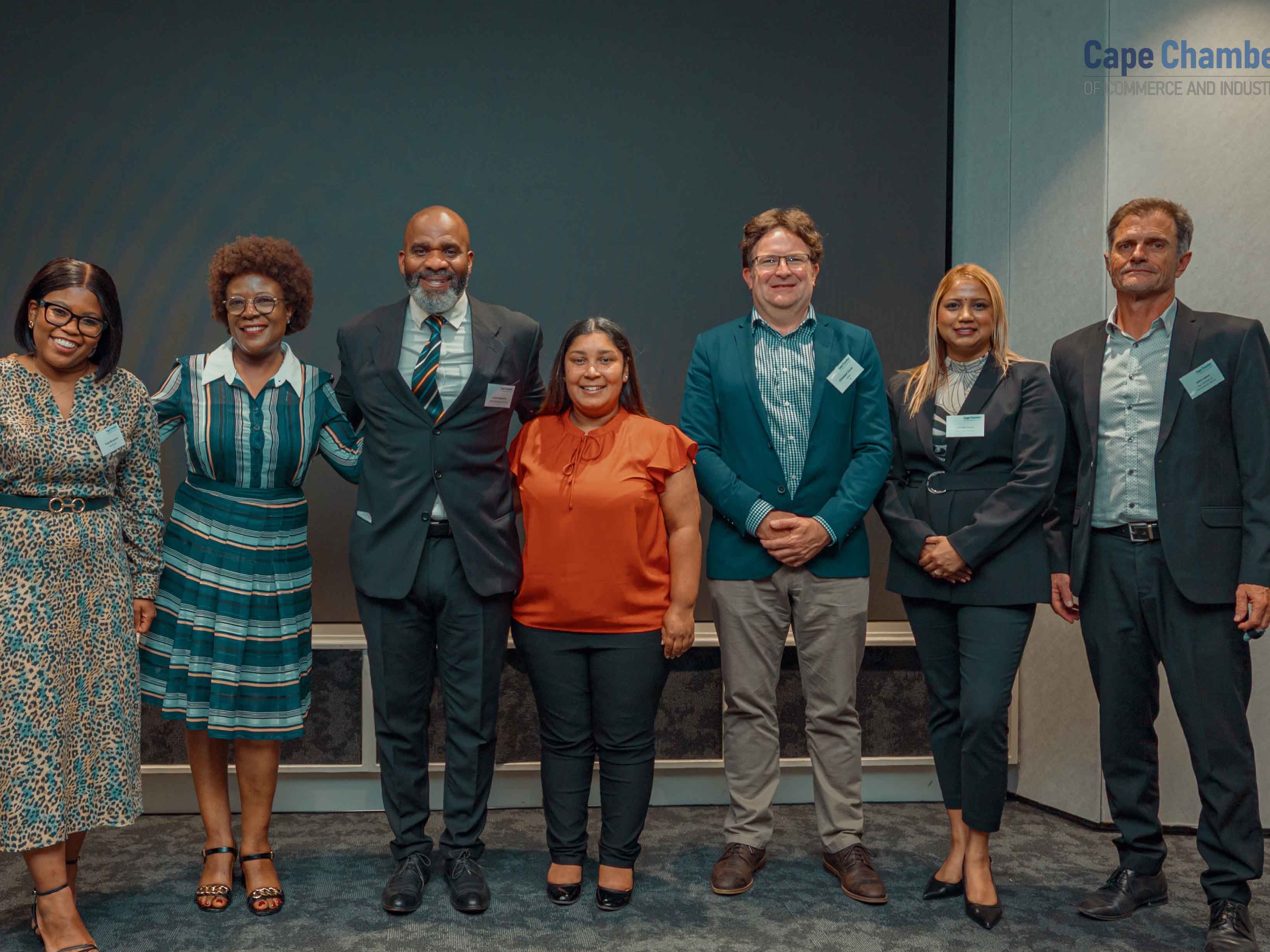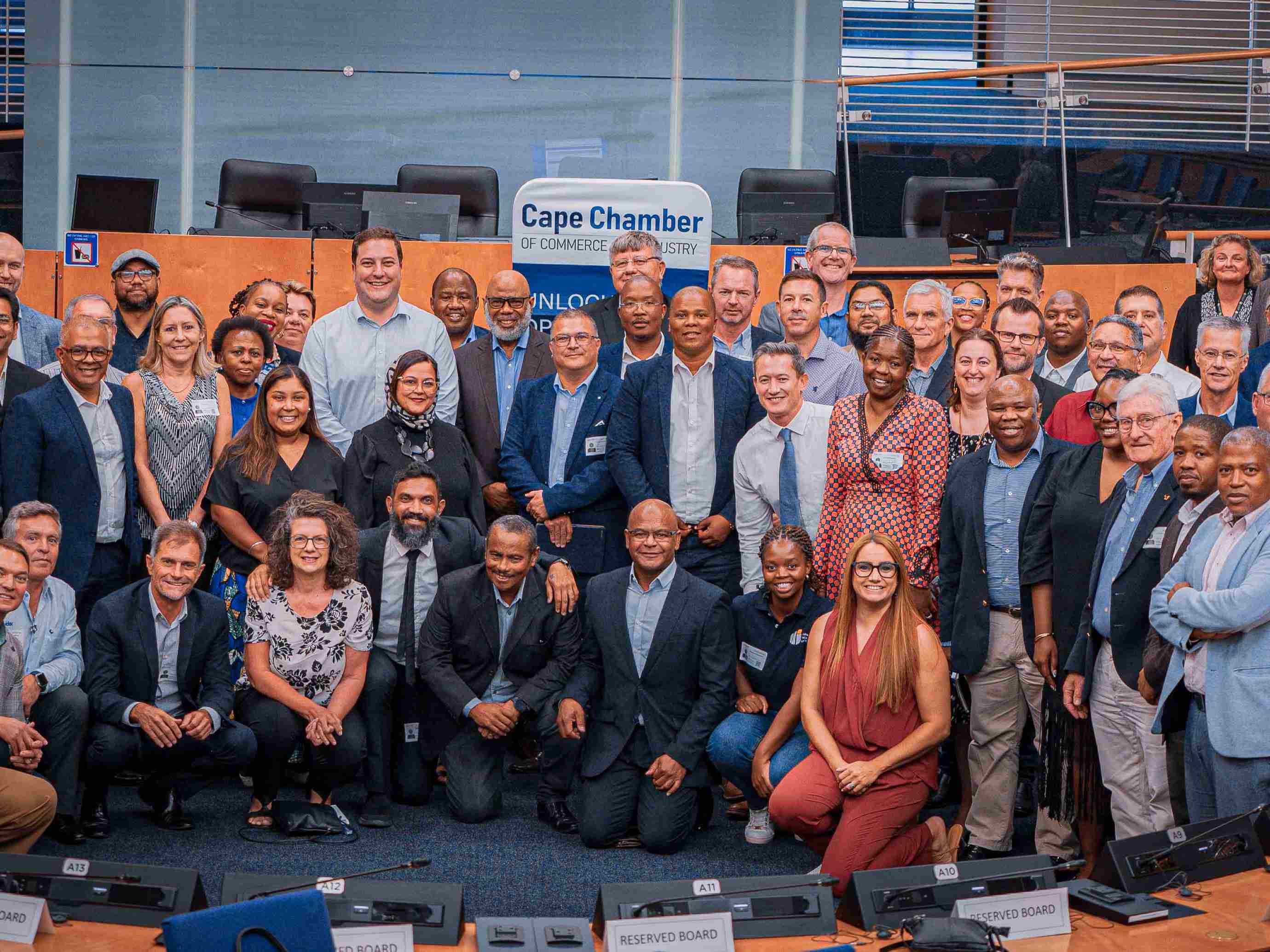Delivering processes traditionally defined as "human resources". Process groups include those related to developing and maintaining workforce strategy, recruiting employees, developing and counseling employees, managing employee relations, rewarding and retaining employees, redeploying and retiring employees, managing employee information, and managing employee communications.
| 7.0 | Develop and Manage Human Capital | |||||
| 7.1 | Develop and manage human resources planning, policies, and strategies | |||||
| 7.1.1 | Develop human resources strategy | |||||
| 7.1.1.1 | Identify strategic HR needs | |||||
| 7.1.1.2 | Define HR and business function roles and accountability | |||||
| 7.1.1.3 | Determine HR costs | |||||
| 7.1.1.4 | Establish HR measures | |||||
| 7.1.1.5 | Communicate HR strategies | |||||
| 7.1.1.6 | Develop strategy for HR systems/technologies/tools | |||||
| 7.1.1.7 | Manage employer branding | |||||
| 7.1.2 | Develop and implement workforce strategy and policies | |||||
| 7.1.2.1 | Gather skill requirements according to corporate strategy and market environment | |||||
| 7.1.2.2 | Plan employee resourcing requirements per business unit/organization | |||||
| 7.1.2.3 | Develop compensation plan | |||||
| 7.1.2.3.1 | Establish incentive plan | |||||
| 7.1.2.4 | Develop succession plan | |||||
| 7.1.2.5 | Develop high performers/leadership programs | |||||
| 7.1.2.6 | Develop employee diversity plan | |||||
| 7.1.2.7 | Develop training program | |||||
| 7.1.2.8 | Develop recruitment program | |||||
| 7.1.2.9 | Develop other HR programs | |||||
| 7.1.2.10 | Develop HR policies | |||||
| 7.1.2.11 | Administer HR policies | |||||
| 7.1.2.12 | Plan employee benefits | |||||
| 7.1.2.13 | Develop workforce strategy models | |||||
| 7.1.2.14 | Implement workforce strategy models | |||||
| 7.1.3 | Monitor and update strategy, plans, and policies | |||||
| 7.1.3.1 | Measure realization of objectives | |||||
| 7.1.3.2 | Measure contribution to business strategy | |||||
| 7.1.3.3 | Communicate plans and provide updates to stakeholders | |||||
| 7.1.3.4 | Review and revise HR plans | |||||
| 7.1.4 | Develop competency management models | |||||
| 7.2 | Recruit, source, and select employees | |||||
| 7.2.1 | Manage employee requisitions | |||||
| 7.2.1.1 | Align staffing plan to work force plan and business unit strategies/resource needs | |||||
| 7.2.1.2 | Develop and maintain job descriptions | |||||
| 7.2.1.3 | Open job requisitions | |||||
| 7.2.1.4 | Post job requisitions | |||||
| 7.2.1.5 | Modify job requisitions | |||||
| 7.2.1.6 | Notify hiring manager | |||||
| 7.2.1.7 | Manage requisition dates | |||||
| 7.2.2 | Recruit/Source candidates | |||||
| 7.2.2.1 | Determine recruitment methods and channels | |||||
| 7.2.2.2 | Perform recruiting activities/events | |||||
| 7.2.2.3 | Manage recruitment vendors | |||||
| 7.2.2.4 | Manage employee referral programs | |||||
| 7.2.2.5 | Manage recruitment channels | |||||
| 7.2.3 | Screen and select candidates | |||||
| 7.2.3.1 | Identify and deploy candidate selection tools | |||||
| 7.2.3.2 | Interview candidates | |||||
| 7.2.3.3 | Test candidates | |||||
| 7.2.3.4 | Select and reject candidates | |||||
| 7.2.4 | Manage new hire/re-hire | |||||
| 7.2.4.1 | Draw up and make offer | |||||
| 7.2.4.2 | Negotiate offer | |||||
| 7.2.4.3 | Hire candidate | |||||
| 7.2.5 | Manage applicant information | |||||
| 7.2.5.1 | Obtain candidate background information | |||||
| 7.2.5.2 | Create applicant record | |||||
| 7.2.5.3 | Manage/track applicant data | |||||
| 7.2.5.3.1 | Complete position classification and level of experience | |||||
| 7.2.5.4 | Archive and retain records of non-hires | |||||
| 7.3 | Manage employee on boarding, development, and training | |||||
| 7.3.1 | Manage employee orientation and deployment | |||||
| 7.3.1.1 | Create/maintain employee on-boarding program | |||||
| 7.3.1.1.1 | Develop employee induction program | |||||
| 7.3.1.1.2 | Maintain/Update employee induction program | |||||
| 7.3.1.2 | Evaluate the effectiveness of the employee on-boarding program | |||||
| 7.3.1.3 | Execute on-boarding program | |||||
| 7.3.2 | Manage employee performance | |||||
| 7.3.2.1 | Define employee performance objectives | |||||
| 7.3.2.2 | Review, appraise, and manage employee performance | |||||
| 7.3.2.3 | Evaluate and review performance program | |||||
| 7.3.3 | Manage employee development | |||||
| 7.3.3.1 | Define employee development guidelines | |||||
| 7.3.3.2 | Develop employee career plans and career paths | |||||
| 7.3.3.3 | Manage employee skill and competency development | |||||
| 7.3.4 | Develop and train employees | |||||
| 7.3.4.1 | Align employee with organization development needs | |||||
| 7.3.4.2 | Define employee competencies | |||||
| 7.3.4.3 | Align learning programs with competencies | |||||
| 7.3.4.4 | Establish training needs by analysis of required and available skills | |||||
| 7.3.4.5 | Develop, conduct, and manage employee and/or management training programs | |||||
| 7.3.4.6 | Manage examinations and certifications | |||||
| 7.3.4.6.1 | Liaise with external certification authorities | |||||
| 7.3.4.6.2 | Administer certification tests | |||||
| 7.3.4.6.3 | Appraise experience qualifications | |||||
| 7.3.4.6.4 | Administer certificate issue and maintenance | |||||
| 7.4 | Manage employee relations | |||||
| 7.4.1 | Manage labor relations | |||||
| 7.4.2 | Manage collective bargaining process | |||||
| 7.4.3 | Manage labor management partnerships | |||||
| 7.4.4 | Manage employee grievances | |||||
| 7.5 | Reward and retain employees | |||||
| 7.5.1 | Develop and manage reward, recognition, and motivation programs | |||||
| 7.5.1.1 | Develop salary/compensation structure and plan | |||||
| 7.5.1.2 | Develop benefits and reward plan | |||||
| 7.5.1.3 | Perform competitive analysis of benefit and rewards | |||||
| 7.5.1.4 | Identify compensation requirements based on financial, benefits, and HR policies | |||||
| 7.5.1.5 | Administer compensation and rewards to employees | |||||
| 7.5.1.6 | Reward and motivate employees | |||||
| 7.5.2 | Manage and administer benefits | |||||
| 7.5.2.1 | Deliver employee benefits program | |||||
| 7.5.2.2 | Administer benefit enrollment | |||||
| 7.5.2.3 | Process claims | |||||
| 7.5.2.4 | Perform benefit reconciliation | |||||
| 7.5.3 | Manage employee assistance and retention | |||||
| 7.5.3.1 | Deliver programs to support work/life balance for employees | |||||
| 7.5.3.2 | Develop family support systems | |||||
| 7.5.3.3 | Review retention and motivation indicators | |||||
| 7.5.3.4 | Review compensation plan | |||||
| 7.5.4 | Administer payroll | |||||
| 7.6 | Redeploy and retire employees | |||||
| 7.6.1 | Manage promotion and demotion process | |||||
| 7.6.2 | Manage separation | |||||
| 7.6.3 | Manage retirement | |||||
| 7.6.4 | Manage leave of absence | |||||
| 7.6.5 | Develop and implement employee outplacement | |||||
| 7.6.6 | Manage workforce scheduling | |||||
| 7.6.6.1 | Receive required resources/skills and capabilities | |||||
| 7.6.6.2 | Manage resource deployment | |||||
| 7.6.7 | Relocate employees and manage assignments | |||||
| 7.6.7.1 | Manage expatriates | |||||
| 7.7 | Manage employee information and analytics | |||||
| 7.7.1 | Manage reporting processes | |||||
| 7.7.2 | Manage employee inquiry process | |||||
| 7.7.3 | Manage and maintain employee data | |||||
| 7.7.4 | Manage human resource information systems HRIS | |||||
| 7.7.5 | Develop and manage employee metrics | |||||
| 7.7.6 | Develop and manage time and attendance systems | |||||
| 7.7.7 | Manage/Collect employee suggestions and perform employee research | |||||
| 7.8 | Manage employee communication | |||||
| 7.8.1 | Develop employee communication plan | |||||
| 7.8.2 | Conduct employee engagement surveys | |||||
| 7.9 | Deliver employee communications | |||||
Process and performance improvement, helps organizations adapt to rapidly changing environments, build new and better ways to work, and succeed in a competitive marketplace. With a focus on productivity, knowledge management, benchmarking, and quality improvement initiatives, organisations such as the APQC works with its member organizations to identify best practices; discover effective methods of improvement; broadly disseminate findings; and connect individuals with one another and the knowledge, training, and tools they need to succeed.
This APQC Process Classification Framework® (“PCF”) is an open standard developed by APQC, a nonprofit that promotes benchmarking and best practices worldwide. The PCF is intended to facilitate organizational improvement through process management and benchmarking, regardless of industry, size, or geography. To download the full PCF or industry-specific versions of the PCF, as well as associated measures and benchmarking, please visit www.apqc.org/pcf.









